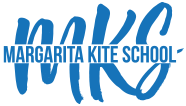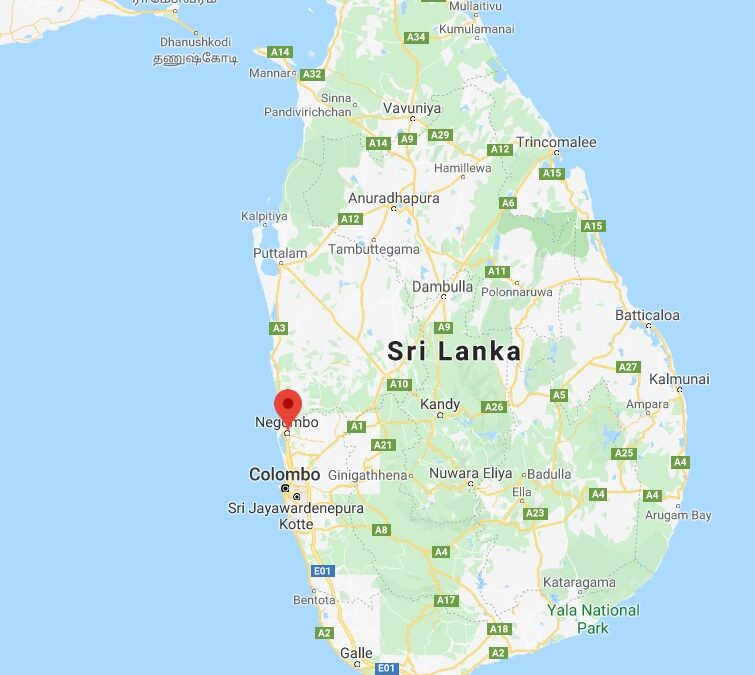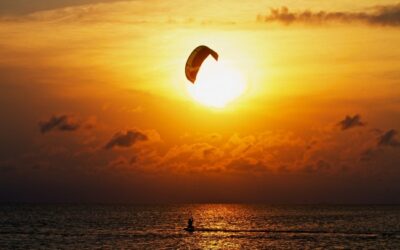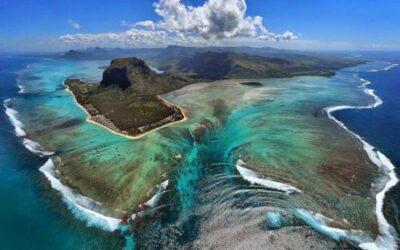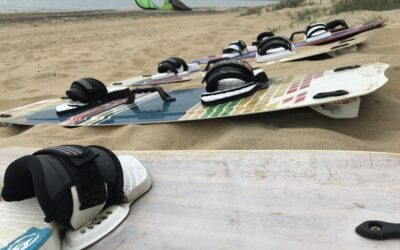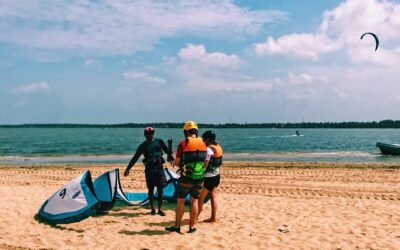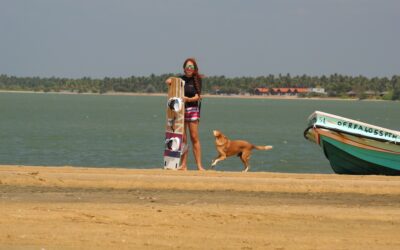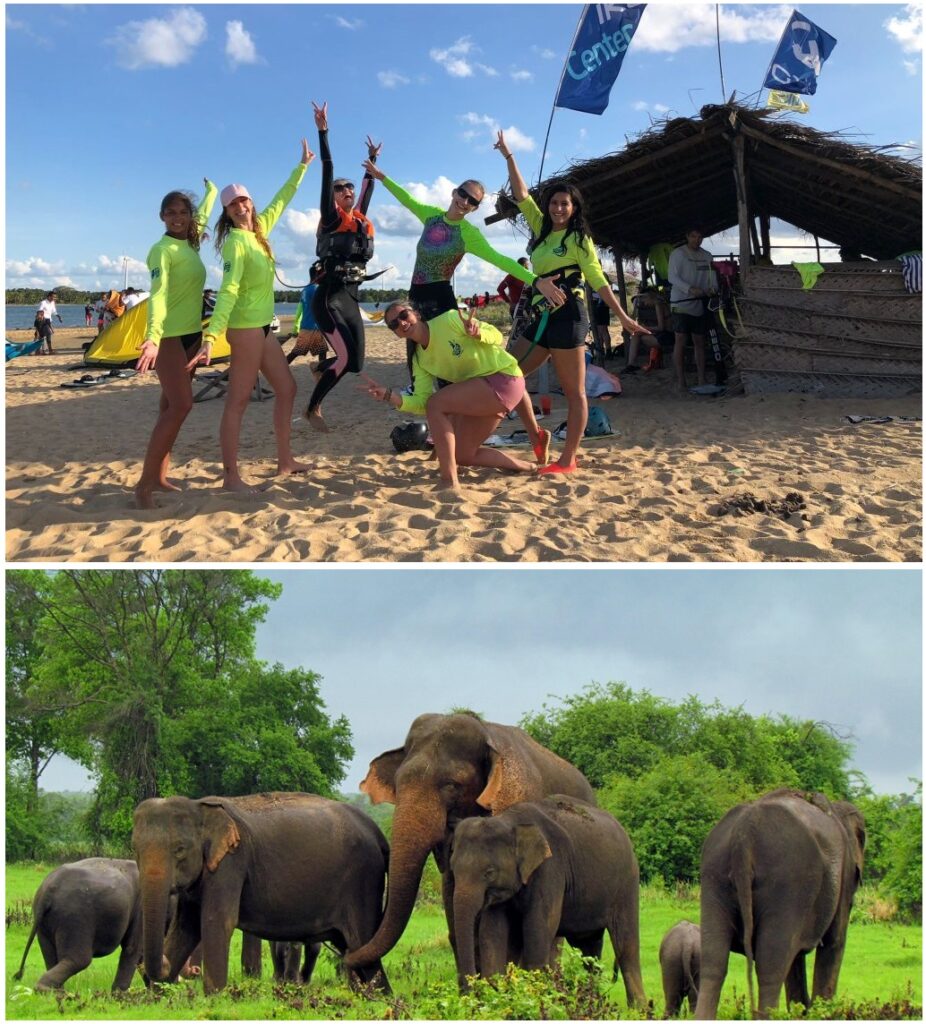The best kitesurfing spots in the world
"From Asia to America, from East to West. Explore some of the world's finest kitesurfing spots. And, no sharks!" Maybe you’ve been kitesurfing for a while, and want to try exciting new waters? Holidays to famous kitesurfing destinations around the world is all part of...
The ultimate guide with the top kitesurfing spots in Asia
If there’s one sport that can enthral your senses and make you feel more attached to the beautiful nature, it’s kitesurfing. The kitesurfing community is moving towards a new goldmine for surfing. Asia, though underrated, is home to some of the best kitesurfing spots....
The ultimate guide with the top flatwater kitesurfing destinations
Best places in the world to kite in flat water Be it surfing over the clearest of waters or performing gravity-defying stunts near the dock, kitesurfing, and its adrenaline boost is unrivalled. A passionate alliance of wind and water, kitesurfing provides...
WHERE DUOTONE KITES ARE MADE?
Have you ever wondered where the kites you use are made? Or how a kite is made? In an attempt to answer these and other questions, our friends from Windsuf Spain decided to travel to the factory where Duotone kiteboarding sources their kites. The old brand of North Kiteboarding changed to Duotone and they currently produce in Sri Lanka. (Lean more about kitesurfing in Sri Lanka)
Actually, Sri Lanka is one of the main kite production centers in the world. In fact, not only does Duotone produce here, but other important kitesurfing brands such as Eleveight or Core.
Like many companies in the sector, the interest of Duotone, one of the leading companies in kiteboarding, does not focus only on the number of kites sold each year, its’ priority list includes product quality, technology and innovation. During their visit, the managers of the factory showed them, in addition to its magnificent facilities, the process that is followed for the manufacturing of a kite.
It was not until a few years ago that the company’s management decided to move the factory from China to Sri Lanka. The reason for the change was the difficulties that foreign companies in China encountered in running their own companies. This regulatory framework forced companies like Duotone to find local partners to deal with these limitations imposed by the Chinese government. The legal structure made it challenging to ensure the quality and set the prices of each product.
Strategically located between Europe and East Asia, production costs and quality in Sri Lanka do not differ from those of China. These factors have determined the relocation of several factories in the kite sector. In Sri Lanka, Duotone has found the support of the Austrian company GSL (Global sports Lanka) and the German company Aqua. During the visit, they had the opportunity to see first-hand the GSL factory facilities, where a total of 360 employees work. These are responsible for the production of six models of kites for five days a week in nine-hour shifts. In total, 100 kites are manufactured per day, representing 85% of Duotone total production. The production is divided into 10 sections, each with its own team leader and quality managers. From the fabric cutting process to shipping, a kite goes through seven independent quality controls. Duotone places great emphasis on the quality of each of its products. High-tech production techniques are used in two areas of the chain. For the initial cut of the fabric alone, 150,000 euros have been invested in a state-of-the-art machine. Computer-controlled sewing machines are also used, which reinforce the critical areas of the kite that have to withstand significant stress (valves and gaskets). Most of the production is subject to high-quality artisan methods. A good example of this is the thread, which is manually sealed individually. This level of attention to detail is what determines the production of a high-quality product versus a low-quality one. It goes without saying that 44 hours of manual labour are invested in the manufacture of a 12 m2 Evo. To produce a kite (including production and quality controls), it takes a whopping three weeks of work.
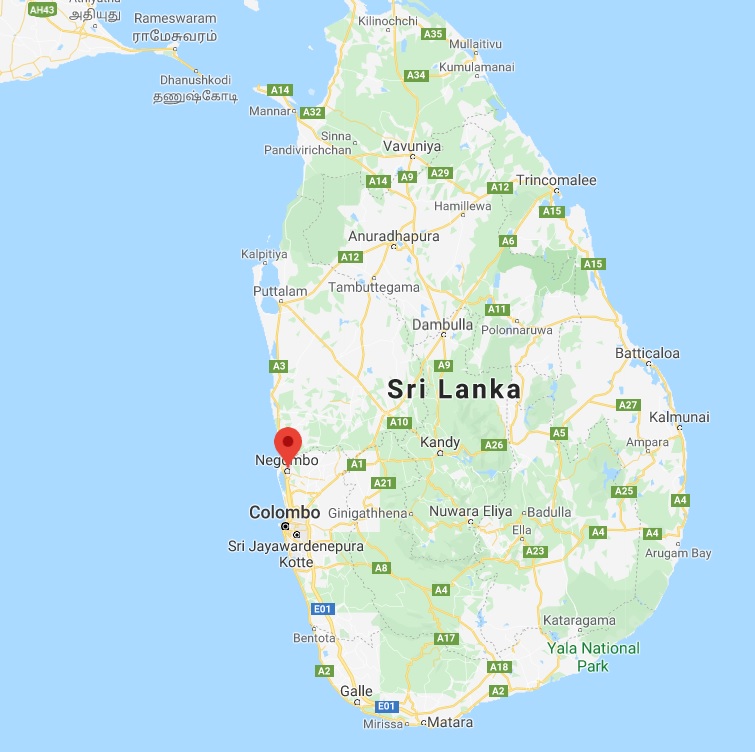
MARGARITA KITE SCHOOL: YOUR IKO CENTRE IN SRI LANKA
HOW DUOTONE KITES ARE MADE?
Duotone kites are produced in Sri Lanka, under very strict quality control. Below we detail the steps followed in the production of a kite:
- Body. Each section of the kite is obtained from large surface panels. The sections are sealed at the edges, while the reinforcing layers are sewn in the critical areas. To further strengthen the joints, in 2010 Duotone began gluing the layers together before sewing them together. With this, it is possible to avoid blind spots, reducing the probability of minor errors.
- Tube. Six steps are required to mount a tube. After drawing the patterns, 28 layers of material are stacked. Next, the valves and tubes are cut and joined. The tubes are then inflated to identify possible air leaks. The excess material is removed with the help of scissors and the tubes are inserted into the kites.
- Printing. The printing section has 40 employees. These work exclusively on the printing machines that GSL has produced specifically to meet NKB specifications. Up to eight colours can be used for each print. Due to wear and tear from sun exposure, seawater and sand abrasion, the use of resistant colours has become a science in itself. One of the stress tests is carried out in the GLS freezer. During our visit, we witnessed the testing of a new colour.
- Small components. A kite is made up of more than 500 individual pieces such as reinforcements, valves, rubber hoses, brackets, and velcro pieces. A part of these components come from companies specialised in each type of material.
- Final check. In this phase, each kite is inflated to verify that it can maintain constant air pressure. Kites that do not pass the control return to the start of production. Kites that pass the tests are immediately shipped to the 39 countries where Duotoneproducts are distributed.
- Apart from Duotone, there are other kite brands that produce kites in Sri Lanka, like Eleveight kites, that are also made in Sri Lanka.
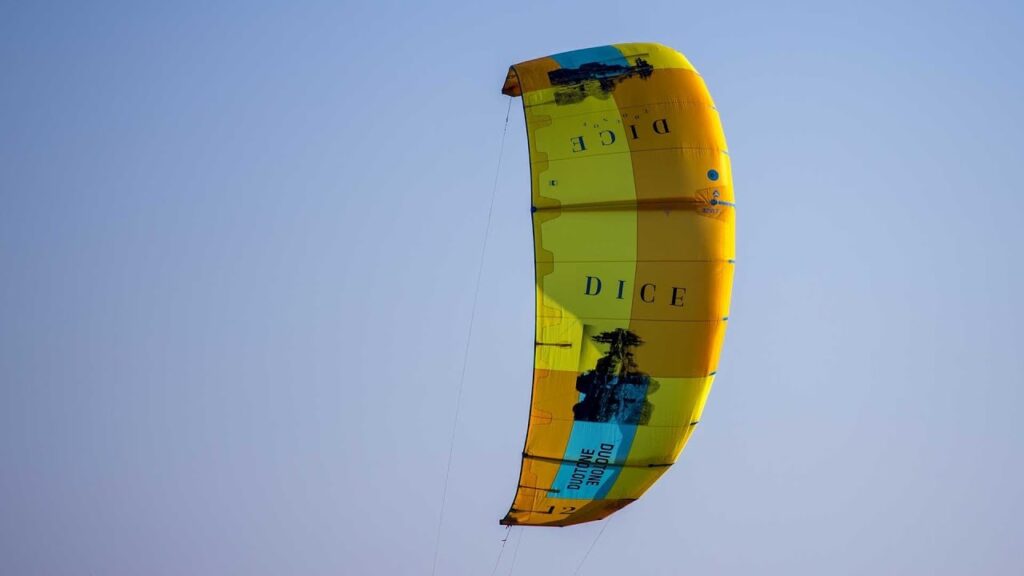
How much does kitesurfing equipment cost?
For many people who are new to kitesurfing and want to learn, a commonly asked question is how much kitesurfing gear costs. However, the answer to this question is not a straightforward one - The price of kitesurfing equipment varies between items and even between...
Kite gear maintenance: best practices for a long life of your kitesurfing equipment
Have you just started in the sport and still don't know very well how to keep your kitesurfing equipment in the best conditions? Your Kitesurfing equipment is very important, and if you love it and you want it to last for a long time, you must maintain it in the best...
The ultimate guide to beginner kitesurfing boards
Have you finished your kite course and you don't know which initiation board is the most suitable for beginners? In this post, we will help you to choose the best beginners kitesurfing boards and the ones which you can progress faster. There is always a hard time in...
